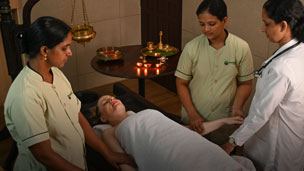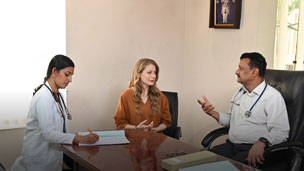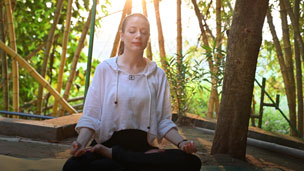




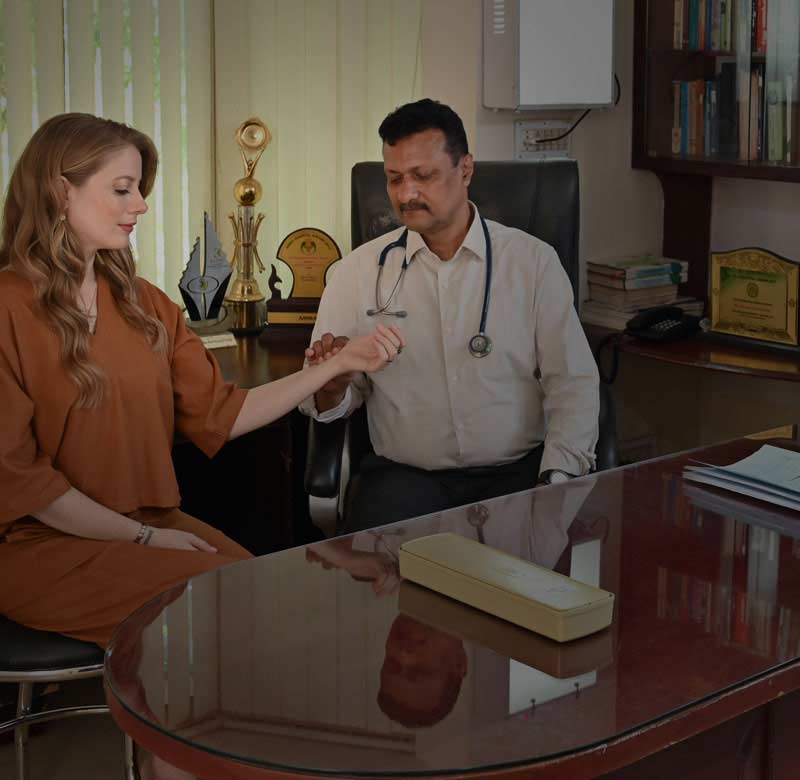


For authentic & scientific
ayurveda
Nagarjuna has developed speciality protocols
and adopted integrated and holistic approaches “to improve
the quality of life of ailing population”.
Degenerative Disc Diseases
Degenerative disc disease is a common condition that affects the discs located between the vertebrae in the spine. As we age, these discs undergo wear and tear, resulting in a loss of cushioning and structural integrity. This degenerative process can lead to various symptoms and complications.
In the early stages of degenerative disc disease, individuals may not experience any noticeable symptoms. However, as the condition progresses, several factors can contribute to the development of symptoms. The loss of cushioning and flexibility in the discs can cause stiffness and reduced range of motion in the spine. Additionally, the degeneration can lead to the formation of bone spurs, also known as osteophytes, which can impinge on nearby nerve roots or the spinal cord itself.
When nerve compression occurs, individuals may experience pain, tingling, numbness, or weakness that radiates from the spine to other parts of the body. The specific symptoms depend on the location of the affected discs. For example, if the degeneration primarily occurs in the lower back (lumbar spine), it can result in pain or discomfort in the lower back, buttocks, and legs. In cases where the degeneration affects the neck (cervical spine), symptoms may include neck pain, shoulder pain, and radiating pain or tingling into the arms and hands.
Treatment for degenerative disc disease aims to alleviate pain, improve functionality, and enhance overall quality of life. The approach to treatment may involve a combination of conservative measures and, in severe cases, surgical interventions. Here are some common treatment options:
- Exercise: Physical activity and specific exercises, such as stretching and strengthening exercises, can help improve flexibility, stabilize the spine, and alleviate pain. A physical therapist or healthcare professional can guide individuals on the appropriate exercises for their specific condition.
- Physiotherapy: Physical therapy sessions can involve a variety of techniques, including manual therapy, heat or cold therapy, ultrasound, electrical stimulation, and traction. These modalities can help relieve pain, improve mobility, and promote healing.
- Lifestyle Modifications: Making certain lifestyle changes can have a positive impact on degenerative disc disease. This may include maintaining a healthy weight, practicing good posture, using proper body mechanics during daily activities, and avoiding activities that exacerbate symptoms.
- It is important to note that treatment plans are individualized based on the severity of symptoms, the specific location of degeneration, and the overall health of the individual. Consulting with a healthcare professional or specialist is crucial to determine the most appropriate treatment approach for degenerative disc disease. With proper management and care, individuals can find relief from pain, improve their mobility, and maintain an active lifestyle.
Please fill up the form to get in touch with us, or contact us for any queries

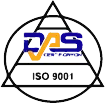

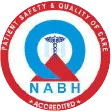

Terms of use | Privacy Policy | Contact us
Copyright © 2024. All Rights Reserved
Designed & Developed by Websoul Techserve



